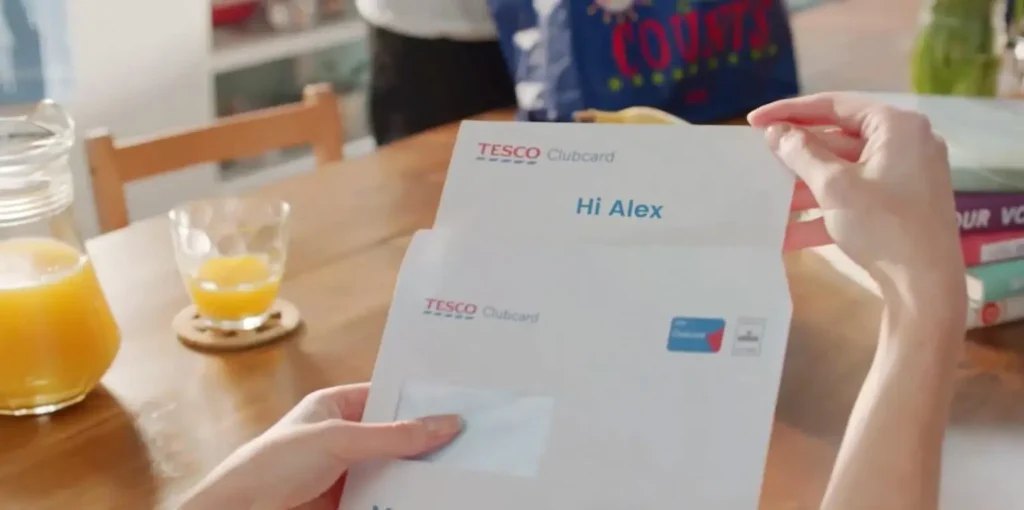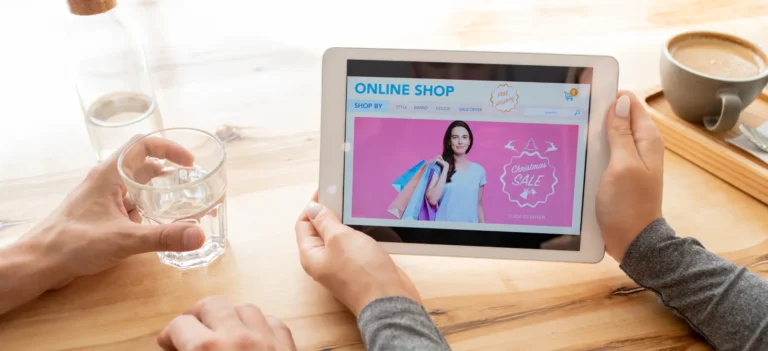I think most of you reading this will already know – we are big time fans and long-time champions of all types of marketing personalization.
One of the most cost-effective and high impact ways of personalizing your marketing is through email. E-mail marketing in general is great because it allows us to send relevant, targeted messages to our leads and customers, no matter where they are in the customer lifecycle. The possibilities for a brand to grab the mindspace of their customer are endless, but so are the hurdles.
When done right, personalized and segmented campaigns:
- convert leads by presenting customized content relevant to their interests and characteristics
- improve unique click rates by 41% and unique open rates by 29%
- enhance the brand-client relationship by showing you ‘know’ them and care about them
- reap up to 760% increase in revenue
Perhaps most importantly, personalized e-mailing regularly sees a startling 440% ROI when implemented effectively – or 44 dollars for every dollar spent.
However, not all campaigns are done right. Too often marketers, encouraged by the speed and ease with which one can send e-mail nowadays, prioritize quantity over quality and end up bombarding their customers with irrelevant and overly persistent e-mails. Though the insane value of personalization is recognized throughout the industry, too few marketers are taking the time to plan, strategize and make sure their personalization efforts make sense.
So how should an effective, personalized e-mail campaign be executed? Here are a few of our top tips for getting your personalized e-mail marketing campaign just right.
1. Nail That Data
To deliver hyper targeted and critically relevant emails requires a tight understanding of who your audience actually is. What are the main personas you are dealing with? What makes them tick? The answers are not going to fall from thin air – you need to find a way to centralize vital information about your customers and then tailor content that is unique to them.
For those of you who are running a little thin on resources, tweaking your sign-up forms is an awesome and comparatively simple way of collecting the information you need to provide a customized experience. When someone signs up via your website, ask them questions most relevant to your marketing segmentation objectives. These may include any combination of the following: name, gender, job title, company size, industry, interests, geographic location, transactional data (products purchased etc) and/or behavioral data (such as whether they are a customer or a prospect). This is just some basic info that can go a long way in creating the personas you need to better understand your client base.
Another great way is to integrate your e-mail platform with other sources of subscriber information (like your CRM and e-commerce platform). From here you can build out the personas that will guide your personalization efforts and by leveraging information your emails will be far more relevant and engaging.
But! Don’t let yourself get bogged down with a mass of complex data. Sometimes less really is more and a pragmatic approach is required to sift out the relevant data that can reduce the complexity and tediousness of sending personalized e-mails.
Making sure different departments are, to varying degrees, involved in or aware of your data collection efforts can be very effective. For example, bring your sales development reps on board to complete any data gaps you might have and ensure any changes on the Sales side are incorporated into marketing.
2. Dynamite Dynamic Content
Personalizing subject lines and greetings should at this point be automatic for you. That’s the bare minimum of a personalized e-mail experience. These days, customers have higher expectations of the brands they interact with and a lot of potential lies in the body of the e-mail.
Using the data you have, you can create dynamic e-mail bodies, including images, offers and links that are most relevant to the individual customers receiving your e-mails. For example, most major fashion retailers these days, like Asos, Sephora and Amazon will send out e-mails that are, at a minimum, tailored to the customer’s gender and browsing habits. For example, Adidas did this in their email campaigns for the Originals series. By dynamically switching the products being promoted based on the subscriber’s gender, they ensured each subscriber saw the most relevant and appealing products that would entice them to make a purchase.
Personalized Video is an especially effective tool that regularly sees impressive CTR rates as well as a riveting ROI and can be included as part of an e-mail campaign. The reason it is so effective is basic biology – around 90% of the information we take in is done visually. It’s also processed faster and remembered 40% more reliably than text. That statistic increases to 68% retention when both audio and visual senses are stimulated. The hyper-relevant information in a Personalized Video, pulled from customer data most brands already have on hand, establishes a deep emotional connection between brand and consumer. Major brands like Cadbury, Monarch, and Zurich all saw unparalleled views and CTRs when executing highly Personalized Video campaigns, all of which included an e-mail component.
If your company has been using email marketing for a long time without recording any subscriber information, don’t panic. It’s never too late to start personalizing your efforts. For example, if you have an email newsletter list, but no information about people’s first names, that’s okay. You can use dynamic content and fallback fields to provide a different experience to those who subscribed before you asked for that information.
3. Automate to Re-engage
Automation is the king of re-engagement. Defining email workflows (also known as email drip campaigns) and sets of triggers and designing an automated (and of course! heavily personalized) reengagement strategy may take a little work at the beginning, but it requires a lot less effort in the long run and pays off big time.
While most commonly associated with e-commerce, automation is a truly effective tool for almost any client facing business. Automated e-mails can be triggered at any stage of the life-cycle and content tailored accordingly.
Welcome e-mails are de rigeur nowadays and they are some of your first opportunities to personalize brand interaction. But upselling and re-engagement is where personalized and automated e-mails can really shine.
For abandoned searches or purchases, giving your customers a little nudge via automated reminders customized to their own history of interaction is a great way to keep leads warm and nurture the relationship.
For converted customers, communicating product recommendations based on past purchases or behavior is one of the most effective methods for upselling and retention.
Offering tempting offers designed to each customer’s interests and price sensitivity is a great way re-engaging those trickier customers who aren’t biting. Keep in mind that at this point you should pull out all the stops and entice with your best offers as this touchpoint may be the last chance you have to impress before your lead turns cold.
It’s important that your e-mail automation efforts are not created in silos. Customers now expect cross-channel personalization, which does mean added layers of complexity when it comes to automation since this incorporates activities across social media channels and beyond. This means in order for email campaigns to be successful, its vital to understand that customers interact with companies in many ways and on different platforms, and email needs to be seen as an integral piece of a bigger strategy.
4. Streamline Emails and Landing Pages
For marketers looking to reach that next level in e-mail marketing, consider streamlining your personalized email copy with personalized landing pages by making sure both are similarly dynamic and are consistent in terms of look, feel and call to action.
Designing the personalization experience so that it flows from e-mail all the way to landing pages is an increasingly popular tactic to ensure the customer has a unified and ultra-personalized experience, which in turn increases the likelihood of conversion.
Personalization that begins in an email should continue to flow to the next destination, like a landing page. Keep the momentum going by building out personalized landing pages with tailored content based on the email that leads the subscriber there.
By keeping the attention focused on the message from your email, you can align the experience at the next destination for greater continuity and help your customers follow the path to conversion.
E-mail marketing is brimming with potential and remains one of the most effective ways of converting and upselling to your customers. However, a personalized subject line and greeting message just isn’t going to cut it these days – the modern customer has come to expect a heavily personalized experience with suggestions, recommendations, marketing and offers tailored uniquely to them. To get the most out of personalized e-mail campaigns, think about the most important data that you can both access and leverage effectively. Dynamic copy, images and Personalized Videos are an incredibly impactful way to stand out from the crowd while automated communication is going to be super effective in recapturing and re-engaging those lukewarm customers.
If you found this useful and you’d like to learn how to take advantage of the latest trends in a fast-paced and ever-evolving marketing landscape, we invite you to download a copy of our “How to stay ahead of the game in the marketing industry” guide for CMOs.





